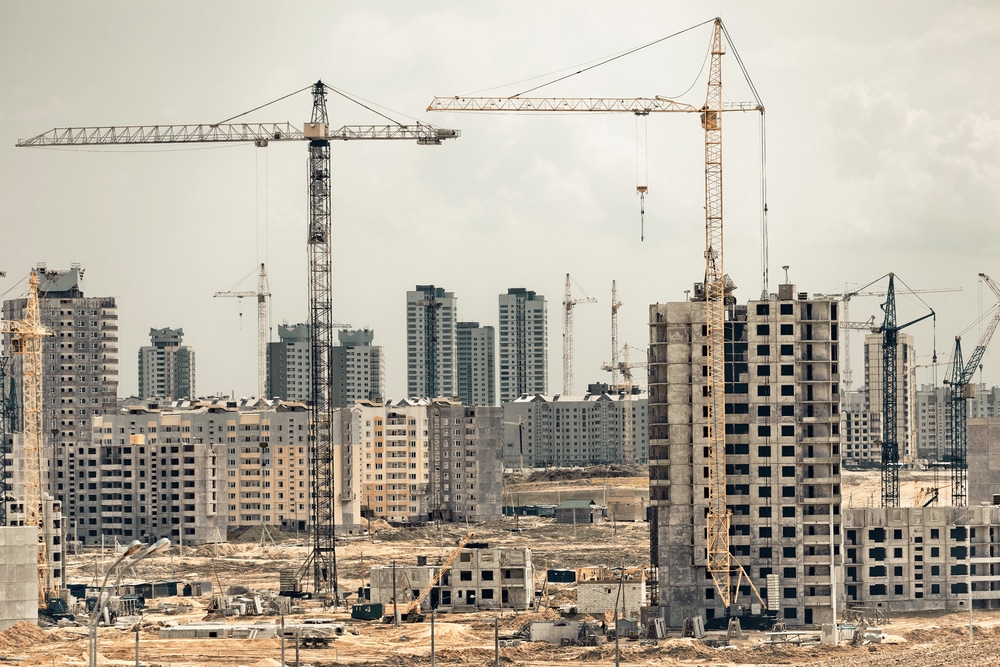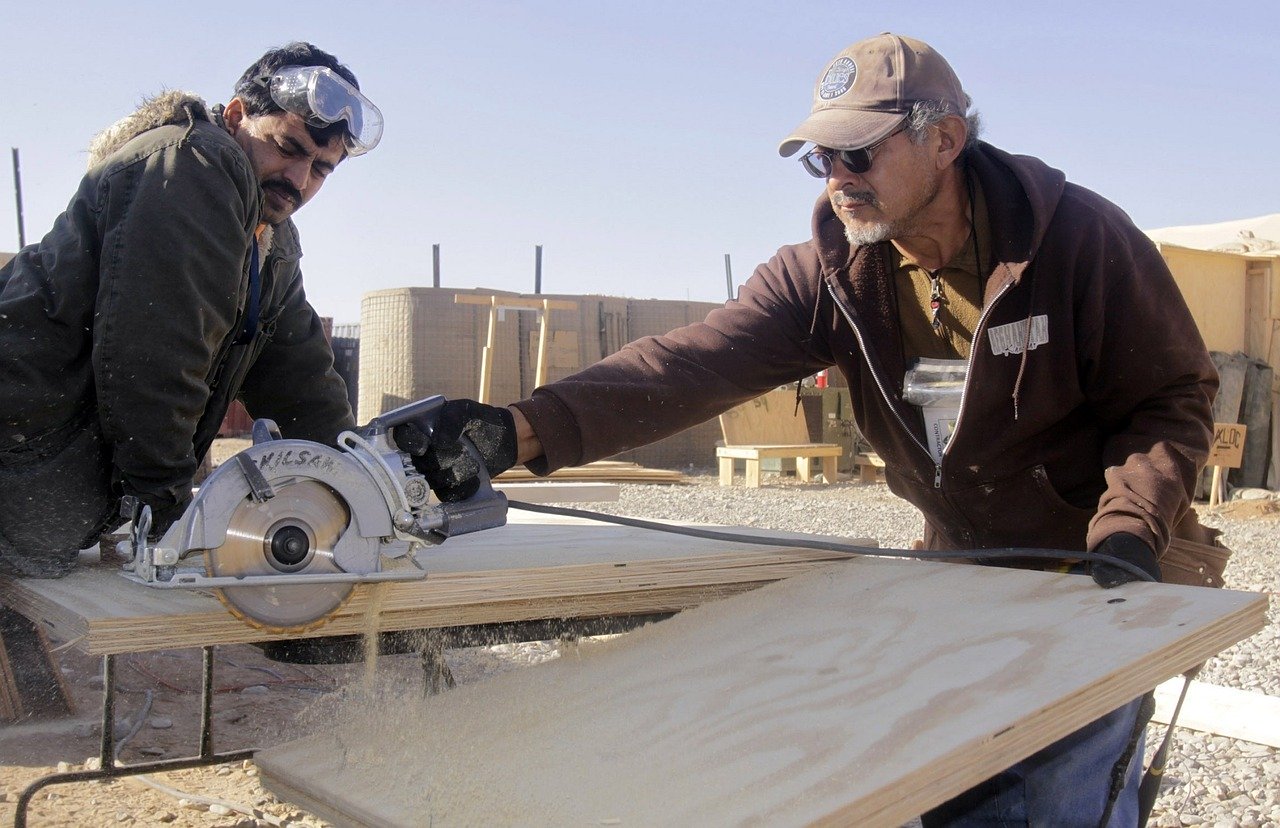What is an RFI in construction?
Depending on the industry, an RFI can involve different things, but RFI in construction is a request for information. Construction RFIs can be both time and money-consuming but they are considered as an integral aspect of the business. RFIs are used to gather information that is not included within the agreements, drawings, and specifications of a project.
The requested information can be crucial for resolving issues that could hinder the completion of a project on time and budget. An RFI should never be used as the main communication method amongst workers, nor should it ever be the means to document progress, or to create a plan, submittal, or transmittal. The RFIs should also not be seen as a change directive or a request for a change order.
Consider all documents to have some type of gap or conflict which may be addressed in the RFI process. Need for other corrections within the RFI is best “tackled” months before launching the work schedules to everyone involved. In that sense, an RFI is a formal document for requesting information on various topics. In most cases, subcontractors are asking the general contractor for the subcontractors work specifications’ details.
The RFI is utilized by clients to gather specifications before the bidding process. Various businesses and companies may request either. This is also a way to find out how much the bidders know. Construction RFIs are commonly the most asked for by small businesses, especially in the quality control department. The quality of the construction development process is due to these important documents.
RFIs in numbers
The Navigant Construction Forum published some time ago a very interesting research on the impact and control of RFIs on construction projects. In a nutshell, here are some of its most powerful findings:
Starting from the amount of time required for a response to an RFI, it was calculated to almost 10 days (9.7). Furthermore, the average cost per RFI review and response was estimated to $1,080. Without a doubt, the most striking finding was that 21.9% of all RFIs never remain unanswered.

As explained by the Navigant Construction Forum, these statistics prove that RFIs can actually have a considerable impact on your project’s planning and budget if they are not addressed properly.
On top of that, the lack of response to an RFI can be the catalyst for costly disputes as a project progresses. According to the report, the standardisation of the RFI process could be the solution to such project bottlenecks.
Where are RFIs normally used?
RFIs can be pretty much used for everything. More specifically, they can be issued in all different stages of a construction project (from design to completion) and for a plethora of reasons. That is any situation where additional feedback or further clarification is required for a task to proceed.
Normally, RFIs are part of the material selection process or the design development and are used to clear up some of the following:
- Building specifications and standards
- Contractual agreements
- Construction management plan
- Material management
- Drawings for building design
Why an RFI is different than an RFP, RFQ and RFT
Of course, an RFI is completely different from an RFP, RFQ, and RFT, and it can sometimes be confusing to know which one should be used in each scenario. And here is why:
- RFP (Request for Proposal): An RFP can be based on a previous RFI, and requests information that will solve sourcing issues.
- RFQ (Request for Quotation): An RFQ allows suppliers to be competitive with the cost for the solution.
- RFT (Request for Tender): An RFT is used so suppliers can offer goods or services in return for a specific tender.
Read also: RFP in construction – A comprehensive guide
While all four are used quite often in the construction industry, it is the RFI that is used the most. Every architect, contractor, subcontractor, and designer use RFIs, but they all seem to have their own method of submitting them.
With so many different types of RFIs out there, a person can easily get confused trying to pull the main point out of each one. That leads to delays in responses, and sometimes there are RFIs that never get responded to at all.
3 tips for a smooth RFI process
In the report, the Navigant Construction Forum includes three smart recommendations to the entire construction industry (owners, contractors, architects, etc.) in order to optimise the RFI process.
1. Introduce a standardised contractual language
The introduction of a specific contractual language could make a big difference in the effort to keep the RFI process simple and effective. In that sense, the use of mutually agreed terms and definitions could eliminate misunderstandings and live no room for disputes between project owners and contractors.
With that in mind, it is highly recommended that all terms that are about to be used in the course of the project are included in the contract with great detail. This could happen after an in-depth consultation between the project owner and its legal team. Like that, you ensure that the need for RFIs will be significantly limited.
2. Track and monitor RFIs digitally
Digitising the RFI tracking and monitoring process is of paramount importance. Despite the great technological progress in the sector during the last decade, there are still many project agents that use emails, spreadsheets or even actual pen and paper in order to track and monitor RFIs. That is, without exaggeration, a dispute waiting to happen.
As construction projects become more and more complex and demanding the need for electronic RFI tracking and monitoring is growing. The good news is that there are a plethora of reliable digital solutions which can help every project team with such problems.
Thanks to software tools, the project team can keep all the important information to a centralised place and gain a full overview of which team member is responsible for what. This new level of transparency and accountability can smooth out the RFI process and lock disputes out of your project.

3. Educate your team on best RFI management practices
Last but not least, the Navigant Construction Forum put together a detailed list of best practices for owners and architects which we are going to briefly present below. You can find the entire list just by downloading and reading the full report.
Recommended best practices for owners
- Use a standardised system of RFI numbering.
- Add a response deadline for RFIs in the contractual agreement.
- Answer fast to RFIs. If that’s not possible, indicate why you need more time.
- Use an electronic RFI log to monitor progress.
- Set as a requirement that all RFIs are coupled with the lowest-cost solution.
- The answer for an RFI should be expected within 10 working days. Some parameters that should be taken into consideration are the urgency of the RFI and work required for solving the issue.
- Deliver RFIs to the whole team at the same time.
- The owner should return to all RFIs with a detailed and clear response. The response should include references and attachments when necessary.
- Ensure that all RFI replies are included in the contract documents.
- Be cautious with paperwork. Don’t let it take over the entire process.
Recommended best practices for architects
- Build and submit the RFIs as soon as they are identified.
- The RFI should be submitted at least 10 days before the response, so any project delay is avoided.
- Each RFI should focus on a particular subject.
- There should be an explicit priority on every RFI.
- Add references to drawings or other specifications in every RFI.
- Make sure to include a resolution proposal, if there’s one.
- Indicate an exact response deadline if the RFI is time or plan-sensitive.
- RFIs should be considered as approved unless otherwise stated.
How to write the perfect RFI
Writing an RFI is not too difficult, as long as the person doing the writing is focused on the end goal, which is completing a successful construction project.
Here are the guidelines that everyone should follow when writing their RFIs:
Follow an established format
It is important that the construction industry uses an established format, as it makes it easier for everyone to write and then read the RFIs that come their way.
Be as specific as possible
Anyone writing an RFI will want to be as specific as possible with their request, or they may not receive all the information that they need to continue with the project.
Be very considerate
At least one more person is going to be reading the RFI after it is written up, so the writer should be considerate during the entire process. Even if a person is frustrated, because they have asked the same question numerous times and have not received a correct answer, it is important that they keep a professional and comprehensive tone.
Find here: Streamlining the construction process – 6 smart approaches
Propose a solution
Any time that a person can include a solution or two within their RFI is a good thing, as long as they word it properly. No one is going to want a person recommending a solution, especially if it is not in their area of expertise. But proposing a solution is an excellent option. Having a potential solution ready can speed up the entire process and get things back on track.
Include drawings or photos
Not everyone has a photographic memory or can remember what every aspect of a project looks like, which is why it is always helpful when a person can include drawings or photos in their RFI. This will help the reader understand what is being asked and prevent a delay in a response. Thanks to that, they will not need to go to the job site or pull up other information to find the answer.
Determine the impact of the RFI
RFIs can become costly. Understanding how much each one is going to cost before they are written can help a person decide if it is worthwhile to do. There are times when RFIs cannot be avoided, but there are certain scenarios when they are not really necessary.

Keep the questions to a minimum
Each RFI should only have one main question, and if any others are included, they should all be related to the first one and necessary to ask.
Give a person time to respond
The time needed for a person to respond can vary, depending on what the RFI is about. The normal time frame is between one and two weeks. If this is a time-sensitive RFI, make sure that you set a specific deadline in advance.
Be careful with the naming of the various RFIs
By adopting a specific approach for naming the various RFIs, it becomes considerably easier for people to find them when they need to be referred to in the future.
Final word
No one will ever work on a construction project and not need to complete an RFI. But there can be ways to limit the amount of time and effort required for it. Obviously, the goal of every construction project is to have as few RFIS as possible. This will result in fewer setbacks and more profits.
Nevertheless, that is not always possible. There will be questions about certain phases of the project and this is when the different stakeholders should be proactive in order to ensure that everything runs smoothly and all questions are answered within the agreed timeframe.
The advent of digital solutions in the field is expected to provide substantial help in that direction as it will simplify and accelerate the RFI process. For that to happen, though, a lot of effort from all the different parties is required.





